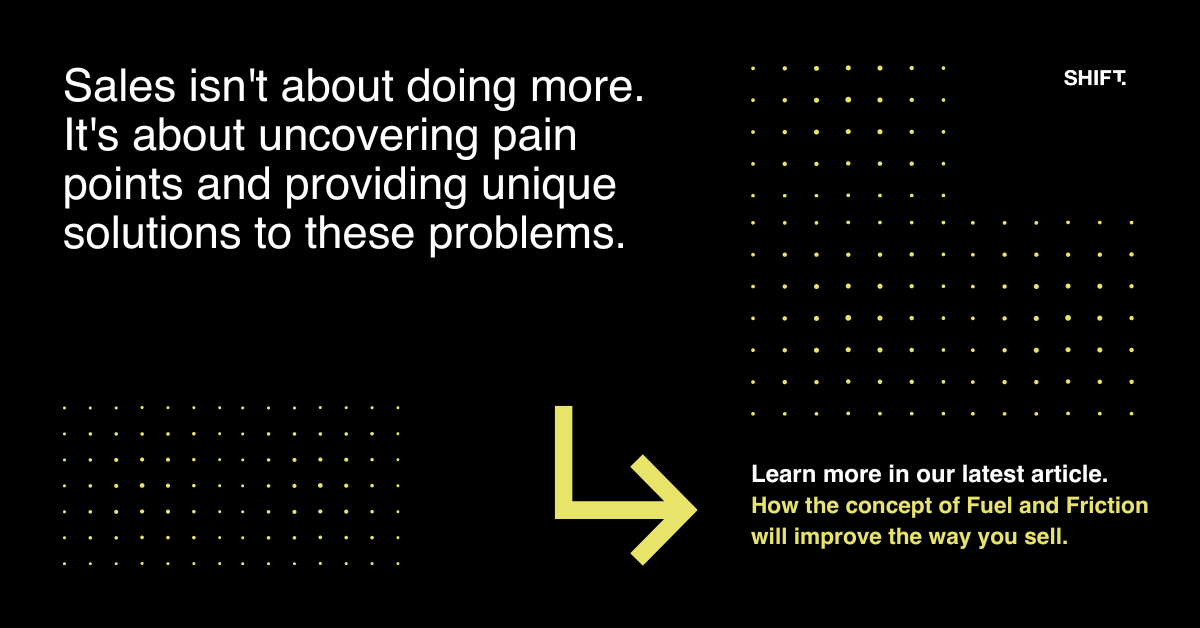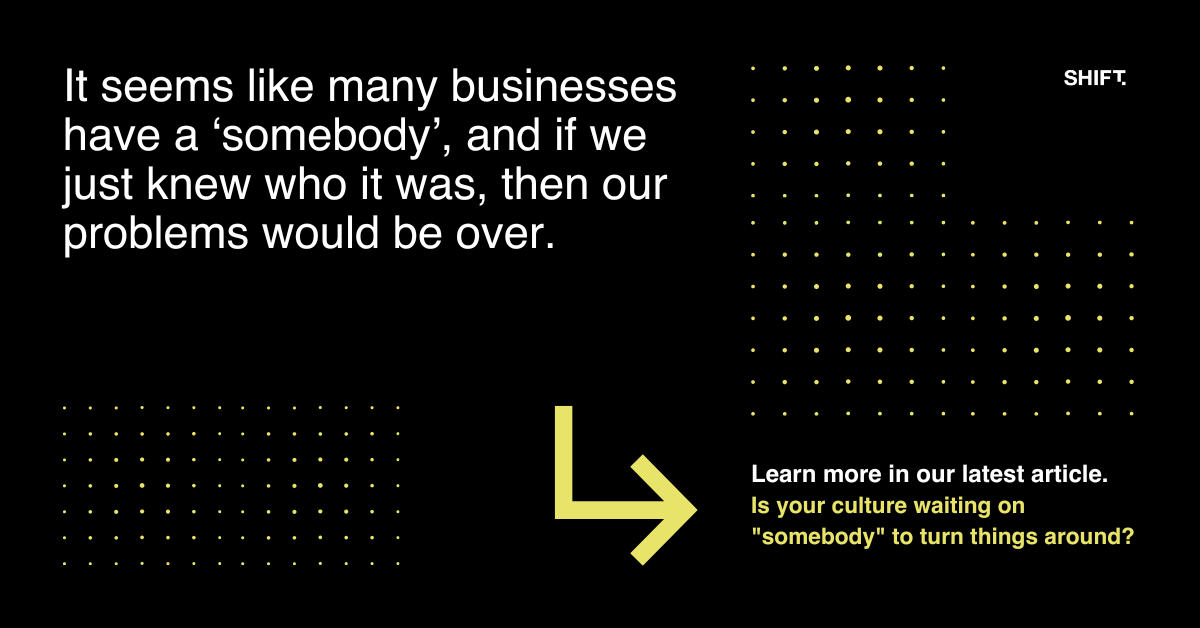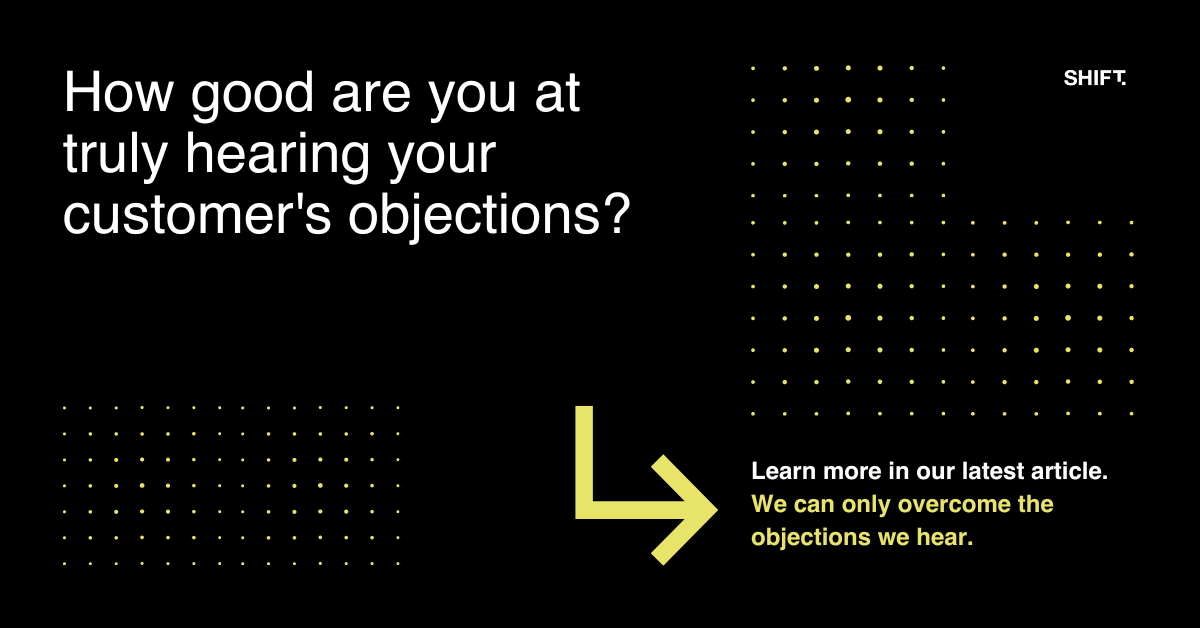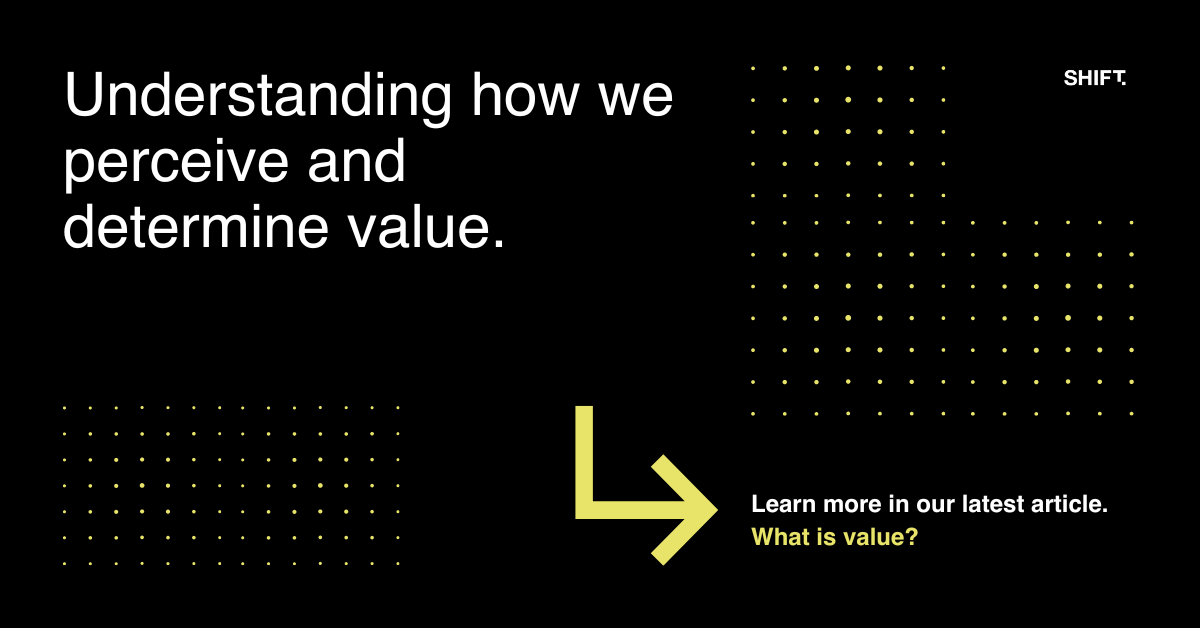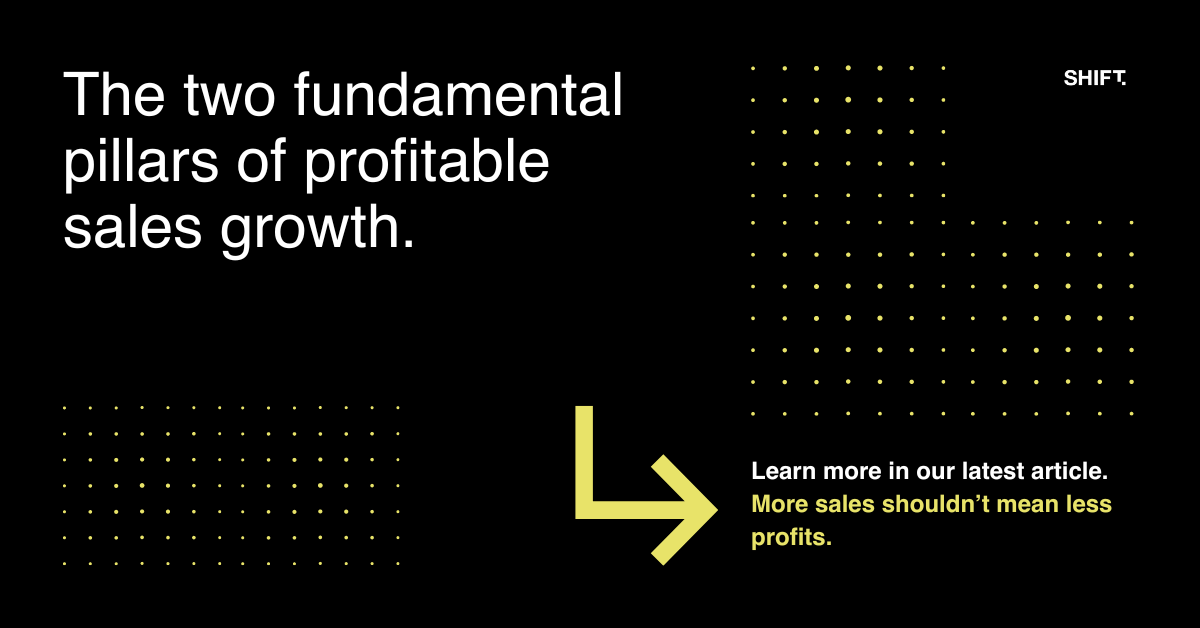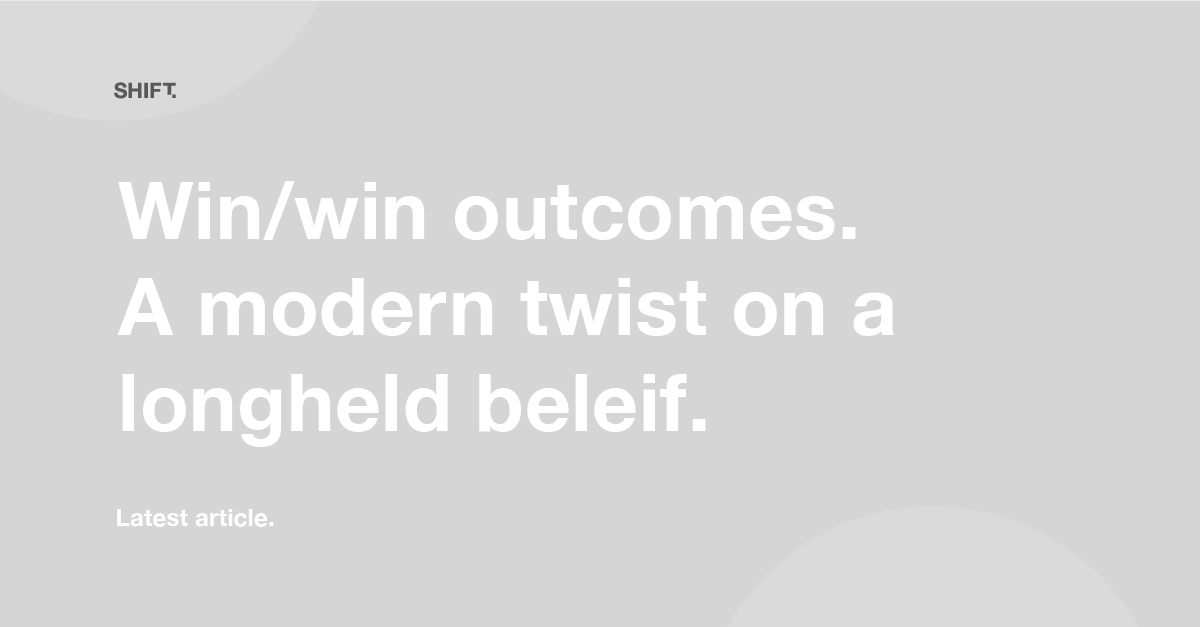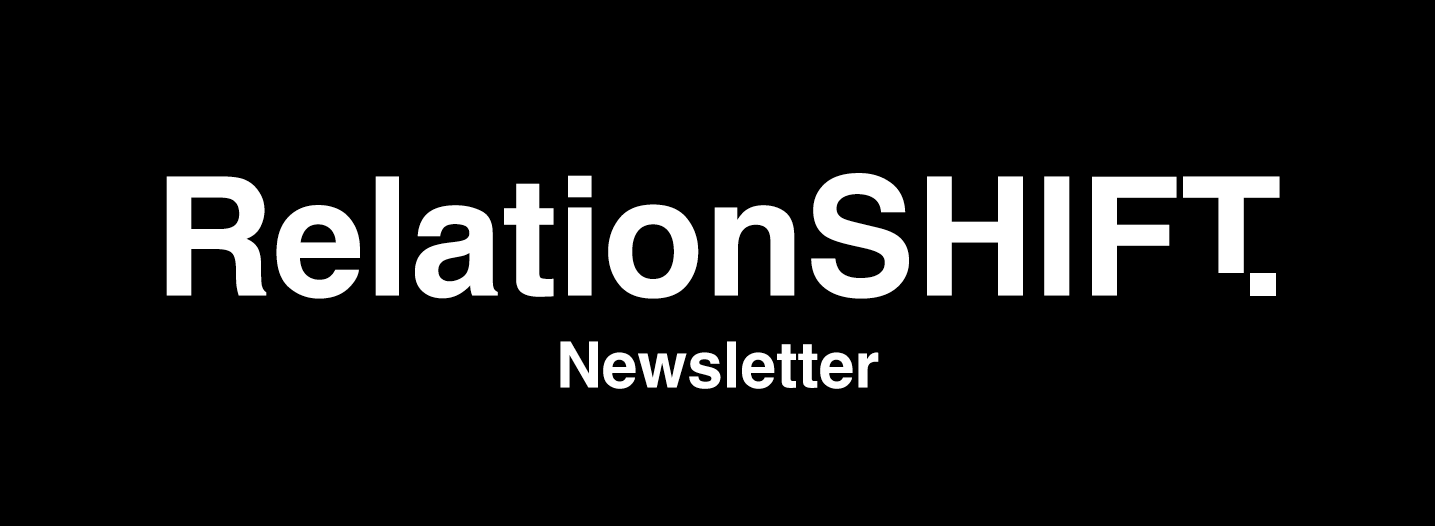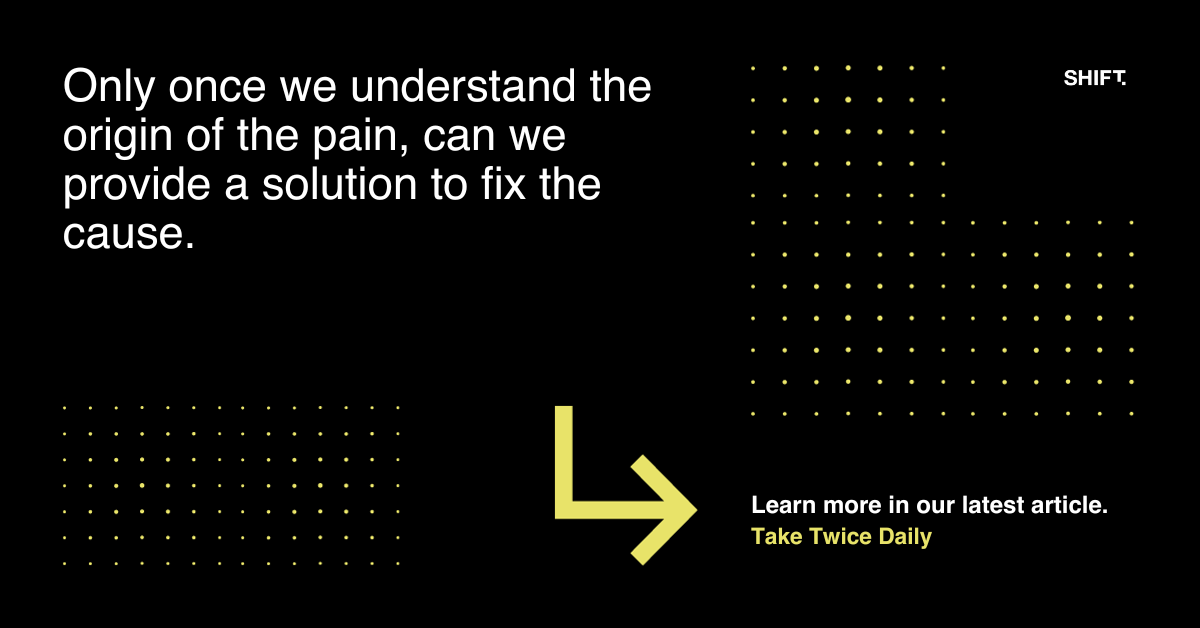In the world of business there is a belief that to win, someone has to lose, and that doing business is a ‘zero-sum game’ (A poker game is a good example, where there is a finite pot of money, and for someone to win the pot, the other players have to lose). President Trump is the absolute epitome of this belief, so is Frank Underwood, the fictional US president in House of Cards.
This type of thinking can find its way into the customer/salesperson relationship…for example: “I have to negotiate hard otherwise I will get ripped off” – in other words, for me to win as a customer, the selling company has to lose…another example: “I have to try and hold on to this price because the customer is going to ask me for a discount” – In other words, I have to make the customer lose so I can win!
However, there is a far better way – Driving win/win outcomes.
David Yule in his book ‘Plain Selling’ writes of win/win outcomes and how we achieve these in business. David points out that compromise is not a win/win scenario, however, most selling is transacted ending in a compromise at best.
Win/win outcomes are when each party gets what they want, feel good about it and will want to do it again! In fact, it is innate in all humans to connect, to be part of a healthy, well-functioning society where win/win outcomes add to the betterment of the community.
Why is win/lose thinking so prevalent in business?
Power, ego and the measure of success, over the ages has been driven by the outcomes of war, politics and survival. ‘Survival of the fittest’, ‘eat or be eaten’, ‘nice guys finish last’ are reinforcements of this belief of ‘to win, someone has to lose’. Sport, often used as a metaphor for business strategy, elevates, to great heights, win/lose outcomes and the importance of winning to be successful on a weekly basis.
Because business generally focuses on the outcomes of the sales process – the numbers! and when we focus on the numbers, we continue to reinforce a win/lose, lose/lose scenario.
The power of win/win thinking.
For many years my selling success was based on pitching what we had to offer at a price and then hopefully negotiate to the point that both parties could finally sign off on the deal. We celebrated wins as great salesmanship and the losses were justified by believing somewhere along the way; there was another deal we weren’t aware of – it wasn’t a fair game! We were robbed of the sale by some other event, outside of our control (in reality these are our confirmation biases kicking in).
I realised we had to change and look at win/win outcomes. This thinking changed the way our sales teams operated and viewed their role as salespeople. It wasn’t easy because we had to challenge some very long-held and deep beliefs. We took the approach of following the customer and not the sale. We resisted the temptation of the bright shiny object (the sale) and instead, engaged early, spending time understanding the customer, making sure along the way that what we offered was of value to them. Then and only then did we pitch. Then and only then would we talk about our product and the price, not before! Many times we were able to show them value where they had not perceived any – Win/Win outcomes.
How do we develop win/ win outcomes?
Firstly we have to understand our customers and challenge the fact that currently, we spend most of our time trying to get our customers to understand us!
We have to challenge our firmly held beliefs and biases and to think of the outcome from a customer’s perspective.
We have to understand the value of what we offer to our customers that they in turn value and will gladly pay for.
We have to believe in what we do and in turn transfer this belief to our customers.
When we work on these things, we are developing our craft as salespeople. Do it well, and the sales and margin numbers largely take care of themselves.
Do you have a true win/win story? How did it make you feel and how did it make the customer feel?
